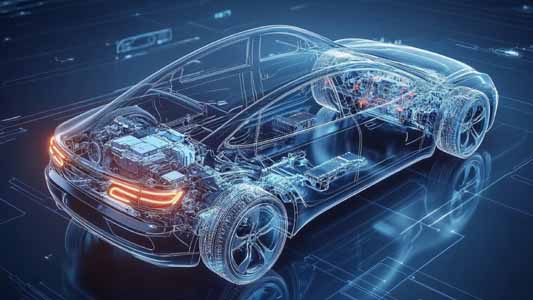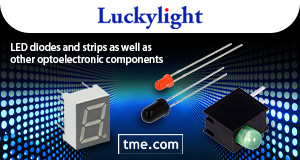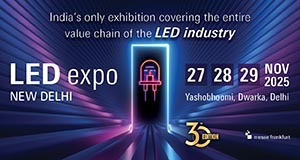Introduction
The automotive industry is undergoing a transformative shift with the rise of advanced power electronics. As vehicles become more electrified, from hybrid-electric to fully electric and even hydrogen fuel-cell vehicles, power electronics play a crucial role in enhancing efficiency, performance, and sustainability. With advancements in semiconductor technologies, battery management systems, and charging infrastructure, power electronics are shaping the future of mobility.
This article explores the key aspects of advanced power electronics in the automotive sector, including their applications, benefits, challenges, and emerging trends.
What is Automotive Power Electronics?
Power electronics refer to the technology used to convert, control, and manage electrical energy in vehicles. In automotive applications, power electronics are critical for:
- Energy Conversion: Managing power flow between the battery and electric motor.
- Power Distribution: Regulating voltage and current for various vehicle components.

- Charging Systems: Enhancing efficiency in fast-charging and energy recovery mechanisms.
- Motor Control: Ensuring precise control of electric motors in EVs and hybrids.
The primary components in automotive power electronics include inverters, DC-DC converters, onboard chargers, and power management systems.
Key Applications of Advanced Power Electronics in Automobiles
1. Electric Vehicles (EVs) and Hybrid Electric Vehicles (HEVs)

- Inverters convert DC power from batteries into AC power for electric motors, improving efficiency.
- Battery Management Systems (BMS) ensure optimal performance, longevity, and safety of battery packs.
- DC-DC converters regulate voltage levels for different vehicle components.
2. Regenerative Braking Systems
- Captures and converts kinetic energy into electrical energy, improving efficiency.
- Reduces wear and tear on traditional braking systems, enhancing longevity.
3. Onboard and Wireless Charging
- Advanced onboard chargers support faster and more efficient battery charging.
- Wireless charging technologies improve convenience and reduce dependency on plug-in systems.
4. Advanced Driver Assistance Systems (ADAS) and Autonomous Vehicles

- Power electronics enable LiDAR, radar, and camera-based sensor systems.
- Efficient power management ensures real-time processing of large data streams for autonomous functionalities.
5. Hydrogen Fuel Cell Vehicles (FCVs)
- Power electronics manage hydrogen fuel cells, converting energy into usable electric power.
- DC-DC converters optimize energy transfer between the fuel cell stack and the drivetrain.
Benefits of Advanced Power Electronics in Automotive Applications
- Enhanced Efficiency: Optimized energy conversion reduces power losses, improving vehicle range.
- Lightweight and Compact Designs: Miniaturized components reduce vehicle weight and increase space efficiency.
- Improved Performance: Higher power density enables better acceleration and control.
- Energy Savings and Regeneration: Efficient energy recovery leads to better fuel economy and reduced emissions.
- Enhanced Safety: Advanced thermal management and protection mechanisms ensure vehicle and passenger safety.
Challenges in Automotive Power Electronics
Despite its advantages, the integration of power electronics in vehicles presents challenges:
- High Development Costs: Advanced materials and complex designs increase costs.
- Thermal Management Issues: High power densities require efficient cooling solutions to prevent overheating.
- Reliability and Durability: Automotive electronics must withstand extreme temperatures, vibrations, and environmental conditions.
- Semiconductor Supply Chain Constraints: Dependence on semiconductor production affects availability and pricing.
- Standardization and Interoperability: Different manufacturers use varying designs, making cross-platform integration complex.
Emerging Trends in Automotive Power Electronics
1. Silicon Carbide (SiC) and Gallium Nitride (GaN) Semiconductors
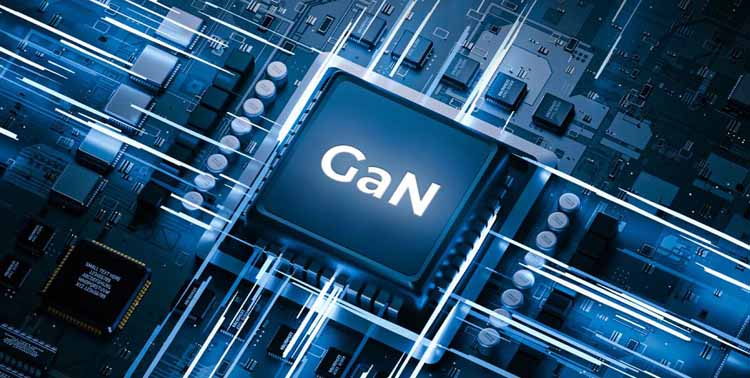
- SiC and GaN-based power devices offer higher efficiency, lower heat generation, and greater power density.
- Enables faster charging and improved EV range.
2. Solid-State Batteries and Ultra-Fast Charging
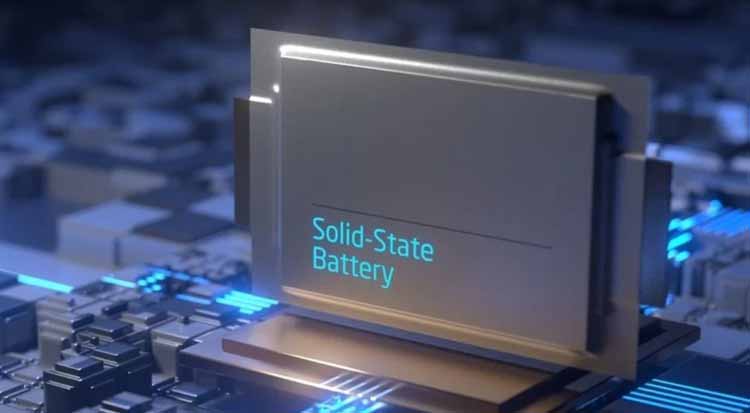
- Next-generation batteries with higher energy density require efficient power electronics for management and charging.
- Solid-state technology enhances battery longevity and performance.
3. Vehicle-to-Grid (V2G) Technology
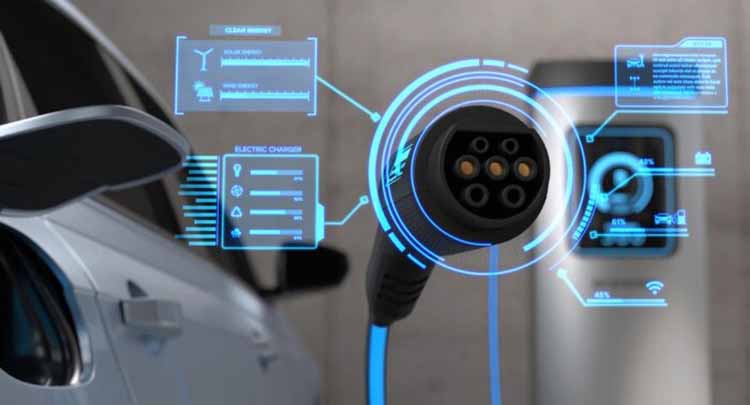
- EVs can supply electricity back to the grid, reducing overall energy consumption.
- Smart power electronics ensure efficient bidirectional energy transfer.
4. AI and Machine Learning in Power Management
- AI-driven algorithms optimize energy consumption and predictive maintenance.
- Real-time data analysis enhances overall vehicle efficiency.
5. Integration of 800V Architecture
- Higher voltage systems enable faster charging and better performance.
- Reduces energy losses and improves driving range in EVs.
Conclusion
Advanced power electronics are revolutionizing the automotive industry by enabling electrification, improving energy efficiency, and supporting innovative mobility solutions. As technology continues to evolve, advancements in semiconductor materials, energy storage, and intelligent power management will drive the future of electric and autonomous vehicles. For automakers and suppliers, investing in power electronics will be key to staying ahead in a rapidly transforming industry. With continued innovation and collaboration, the automotive sector is set to embrace a cleaner, smarter, and more efficient future.




